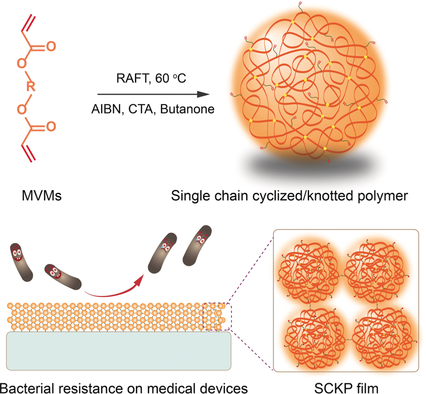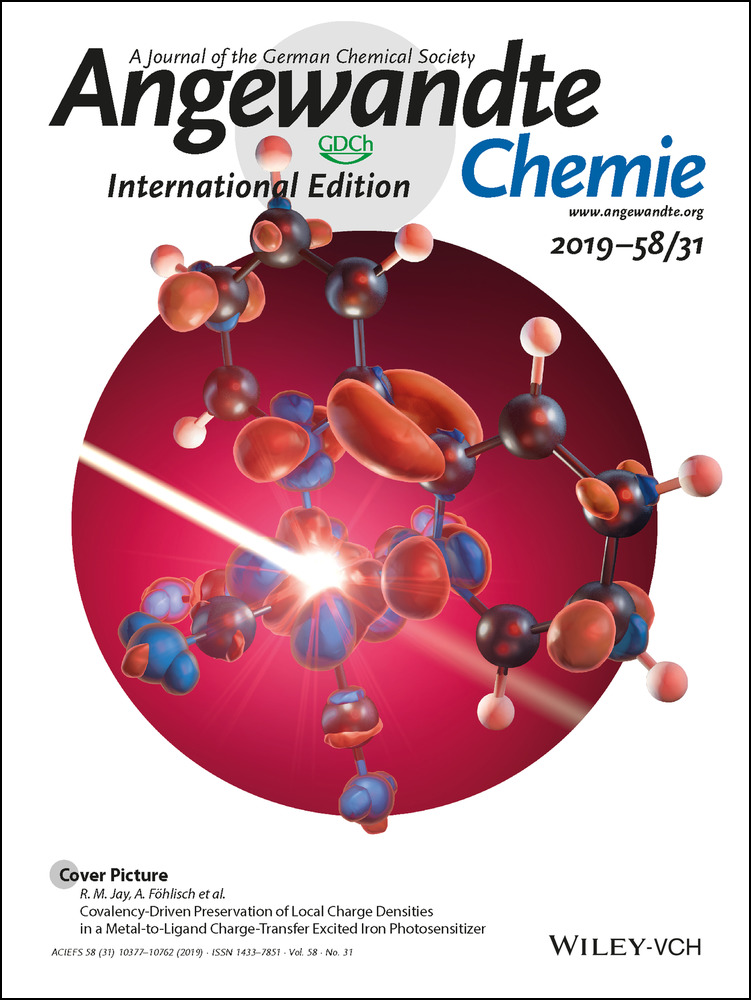Bacteria-Resistant Single Chain Cyclized/Knotted Polymer Coatings
Graphical Abstract
Single chain cyclized/knotted polymer (SCKP) films, synthesized by reversible addition fragmentation chain transfer (RAFT) homopolymerization of multivinyl monomers (MVMs), followed by crosslinking by UV light, exhibit a higher resistance to bacterial attachment and biofilm formation than the corresponding non-SCKP films because of their altered surface morphology. SCKP films could be used to coat medical devices.
Abstract
Further to conventional linear, branched, crosslinked, and dendritic polymers, single chain cyclized/knotted polymers (SCKPs) have emerged as a new class of polymer structure with unique properties. Herein, the development of bacteria-resistant SCKPs is reported and the effect of this structure on the resistance of polymer materials to bacteria is investigated. Four SCKPs were synthesized by reversible addition fragmentation chain transfer (RAFT) homopolymerization of multivinyl monomers (MVMs) and then crosslinked by UV light to form SCKP films. Regardless of MVM type used, the resulting SCKP films showed much higher resistance to bacteria, and up to 75 % less bacterial attachment and biofilm formation, in comparison with the corresponding non-SCKP films. This is due to the altered surface morphology and hydrophobicity of the SCKP films. These results highlight the critical role of the SCKP structure in enhancing the resistance of polymeric materials to bacteria.





